Diseases and Conditions › Ear Conditions › Laser Surgery for Ear Infections (OtoLAM)
Q
I am looking for help with my four-year-old son. From the age of six months, he has had tubes in his ears for chronic ear infections and hearing impairment. He's had them replaced once, but now they're both out, and he's had two infections. I want a different treatment, something less invasive. I saw a news report about some kind of laser treatment, which sounded great, but I haven't been able to locate any information. Can you advise me?
A
The treatment is abbreviated OtoLAM, which stands for otologic laser-assisted myringotomy. "Myringotomy" is a surgical procedure in which a hole is created in the eardrum; "otologic" is merely an adjective meaning "pertaining to the study of the ears." Thus, OtoLAM enables the ear surgeon (ENT) to make a controlled hole in the eardrum, using a laser.
Proponents of OtoLAM feel that it is a quick, relatively painless way to treat acute ear infections in children. In an acute middle-ear infection (acute otitis media), pus builds up behind the eardrum. This is very painful. Make a hole in the eardrum and the pus drains out, leaving a much more comfortable child. Myringotomy can be done the old-fashioned way (with a knife), but the child must be sedated for that procedure. OtoLAM proponents point to the fact that the laser device enables them to perform office-based myringotomies, avoiding heavy sedation and/or a trip to the operating room.
The hole created by OtoLAM is short-lived, however. If your son is having persistent middle-ear fluid and/or recurrent ear infections, what he really needs is longer-term ventilation of the middle ear. The main advantage of ventilation tubes is that they provide a controlled hole that lasts, typically, six to 18 months. The doctor and the parents hope that this will provide enough time for the child to outgrow the problem. In most cases, the child does indeed outgrow it.
You mention "hearing impairment," which suggests that middle-ear fluid is at least part of your son's problem. (Persistent middle-ear fluid would be the most common cause of hearing impairment in your son's situation.) In order for OtoLAM to be effective, he would have to remain still for the laser myringotomy, AND he would have to remain still while the ENT suctions all of the fluid from his middle ear. Most children would require sedation for this. Once the hole heals, there is an excellent chance that the fluid will reaccumulate. Since the hole seals within days after OtoLAM, it is very possible that many OtoLAMs would be required in order to achieve the same effect as one set of ventilation tubes. Is this really a less-invasive procedure?
Unfortunately, your son probably needs a procedure that you will find unacceptably invasive. When a child develops recurrent ear infections after having had one set of ventilation tubes, the usual recommendation is to replace the ventilation tubes and remove the adenoids. This recommendation is based on several large, independent, well-executed medical-research studies that have shown the advantage of this strategy over simple replacement of tubes (without adenoidectomy).
In a four-year-old, the decision (by the ENT) to recommend an adenoidectomy is based on the child's history of previous ear infections, the history of previous tube placement, the child's size and the presence or absence of other serious health problems. Of course, you need to discuss this in detail with your son's ENT.
Any way you look at it, your son is exposed to risk. While operations such as adenoidectomy and ventilation-tube placement have their risks, undertreatment is also risky. Your son is at a crucial age with regard to learning; hearing impairment at this age could, conceivably, have lifelong consequences. Recurrent ear infections also take their toll on the ears, and these problems can progress to a point where full recovery of normal hearing is no longer achievable. In other words, undertreatment can lead to permanent hearing loss and even more serious ear complications, such as cholesteatoma .
Article Source:http://ivillage.com

I am looking for help with my four-year-old son. From the age of six months, he has had tubes in his ears for chronic ear infections and hearing impairment. He's had them replaced once, but now they're both out, and he's had two infections. I want a different treatment, something less invasive. I saw a news report about some kind of laser treatment, which sounded great, but I haven't been able to locate any information. Can you advise me?
A
The treatment is abbreviated OtoLAM, which stands for otologic laser-assisted myringotomy. "Myringotomy" is a surgical procedure in which a hole is created in the eardrum; "otologic" is merely an adjective meaning "pertaining to the study of the ears." Thus, OtoLAM enables the ear surgeon (ENT) to make a controlled hole in the eardrum, using a laser.
Proponents of OtoLAM feel that it is a quick, relatively painless way to treat acute ear infections in children. In an acute middle-ear infection (acute otitis media), pus builds up behind the eardrum. This is very painful. Make a hole in the eardrum and the pus drains out, leaving a much more comfortable child. Myringotomy can be done the old-fashioned way (with a knife), but the child must be sedated for that procedure. OtoLAM proponents point to the fact that the laser device enables them to perform office-based myringotomies, avoiding heavy sedation and/or a trip to the operating room.
The hole created by OtoLAM is short-lived, however. If your son is having persistent middle-ear fluid and/or recurrent ear infections, what he really needs is longer-term ventilation of the middle ear. The main advantage of ventilation tubes is that they provide a controlled hole that lasts, typically, six to 18 months. The doctor and the parents hope that this will provide enough time for the child to outgrow the problem. In most cases, the child does indeed outgrow it.
You mention "hearing impairment," which suggests that middle-ear fluid is at least part of your son's problem. (Persistent middle-ear fluid would be the most common cause of hearing impairment in your son's situation.) In order for OtoLAM to be effective, he would have to remain still for the laser myringotomy, AND he would have to remain still while the ENT suctions all of the fluid from his middle ear. Most children would require sedation for this. Once the hole heals, there is an excellent chance that the fluid will reaccumulate. Since the hole seals within days after OtoLAM, it is very possible that many OtoLAMs would be required in order to achieve the same effect as one set of ventilation tubes. Is this really a less-invasive procedure?
Unfortunately, your son probably needs a procedure that you will find unacceptably invasive. When a child develops recurrent ear infections after having had one set of ventilation tubes, the usual recommendation is to replace the ventilation tubes and remove the adenoids. This recommendation is based on several large, independent, well-executed medical-research studies that have shown the advantage of this strategy over simple replacement of tubes (without adenoidectomy).
In a four-year-old, the decision (by the ENT) to recommend an adenoidectomy is based on the child's history of previous ear infections, the history of previous tube placement, the child's size and the presence or absence of other serious health problems. Of course, you need to discuss this in detail with your son's ENT.
Any way you look at it, your son is exposed to risk. While operations such as adenoidectomy and ventilation-tube placement have their risks, undertreatment is also risky. Your son is at a crucial age with regard to learning; hearing impairment at this age could, conceivably, have lifelong consequences. Recurrent ear infections also take their toll on the ears, and these problems can progress to a point where full recovery of normal hearing is no longer achievable. In other words, undertreatment can lead to permanent hearing loss and even more serious ear complications, such as cholesteatoma .
Article Source:http://ivillage.com
Article By: Douglas Hoffman, MD, PhD
how does the body maintain blood pressure
maintaining blood pressure
how the body maintains blood pressure
effects of CHD
how is diabetes treated
how does the body respond to high blood pressure
introduction of diabetes mellitus
how does the heart maintain blood pressure
how does body maintain blood pressure
understanding heart rate
how is blood pressure maintained
how does the body maintain normal blood pressure
how body maintains blood pressure
how long can you live with mesothelioma
introduction to diabetes mellitus
50 ways to love your liver
otolam
what maintains blood pressure
does the heart maintain blood pressure
Compare the homeostatic mechanisms that maintain normal blood pressure and heart rate
social effects of chd
signs of unhealthy eyes
Compare the homeostatic mechanisms that maintain normal blood pressure and heart rate
how to maintain blood pressure
unhealthy eyes
mechanisms that maintain blood pressure
does the heart help maintain blood pressure
mechanisms to maintain blood pressure
how do arteries aid in maintaining blood pressure
social impacts of CHD
Physiological mechanisms to maintain normal blood pressure
maintain blood pressure
how is blood pressure maintained in the body
describe the process by which the body maintains normal blood pressure
what maintains blood pressure in body
laser treatment for ear infections
how does your body maintain blood pressure
diabetes mellitus introduction
increase resistance decrease pressure
understanding your heart rate
otolam procedure
how to save eyesight
effects of CHD on health
osa ohs
how to keep a healthy prostate
what mechanisms maintain blood pressure
how the heart maintains blood pressure
how does our body maintain blood pressure
how do cataracts occur
diabetes mellitus 101
Most Read
New Articles
Most Viewed
Most Downloads
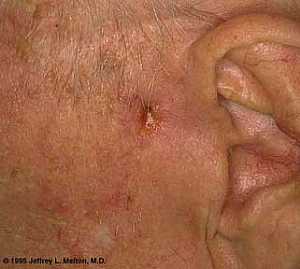 Basal Cell Carcinoma ("Rodent Ulcer" Type)
Basal Cell Carcinoma ("Rodent Ulcer" Type)
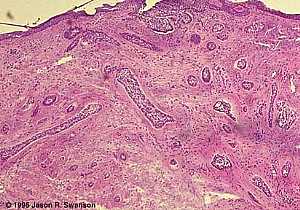 Basal Cell Carcinoma (Histology-Morpheaform Type)
Basal Cell Carcinoma (Histology-Morpheaform Type)
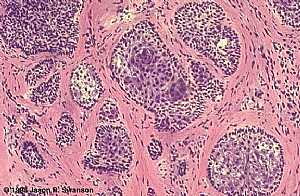 Basal Cell Carcinoma (Histology-Nodular Type - High power)
Basal Cell Carcinoma (Histology-Nodular Type - High power)
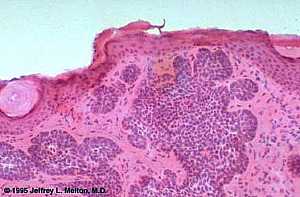 Basal Cell Carcinoma (Histology-Nodular Type- High power)
Basal Cell Carcinoma (Histology-Nodular Type- High power)
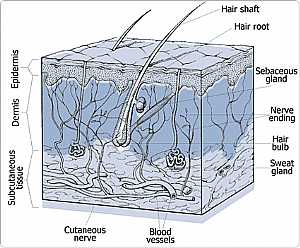 Skin
Skin
 Nervous System -- Basic
Nervous System -- Basic
 Brain anatomy
Brain anatomy
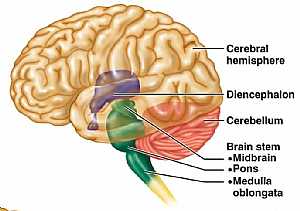 Brain anatomy
Brain anatomy
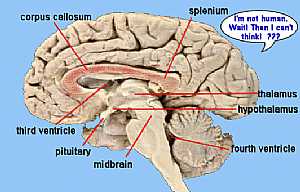 Brain anatomy
Brain anatomy
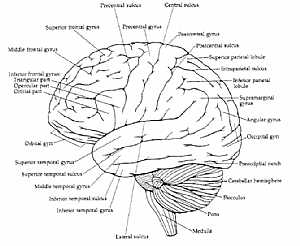 Brain anatomy
Brain anatomy
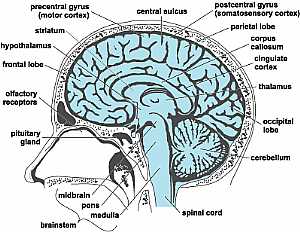 Head anatomy
Head anatomy
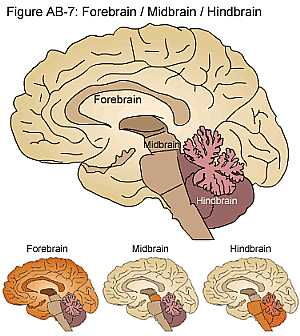 Brain anatomy
Brain anatomy
eDoctorOnline.com does not provide medical advice, diagnosis or treatment.
© Copyright 2001-2022 eDoctorOnline.com
© Copyright 2001-2022 eDoctorOnline.com

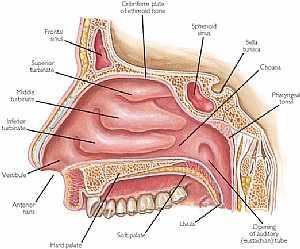 Nose anatomy
Nose anatomy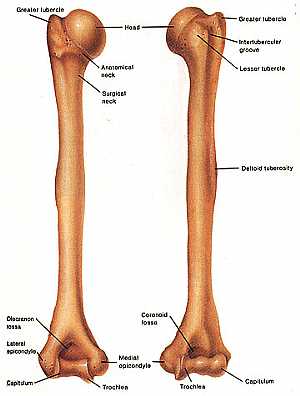 Humerus bone
Humerus bone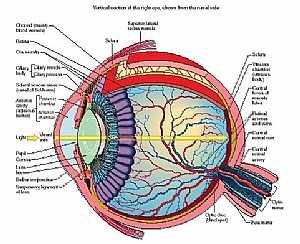 Eye anatomy
Eye anatomy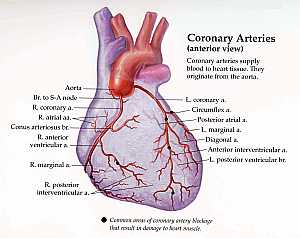 Coronary arteries anatomy
Coronary arteries anatomy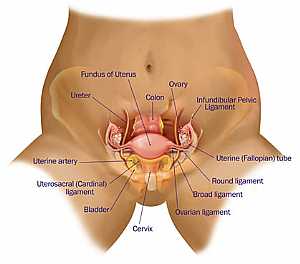 Female pelvic anatomy
Female pelvic anatomy Heart and lung anatomy
Heart and lung anatomy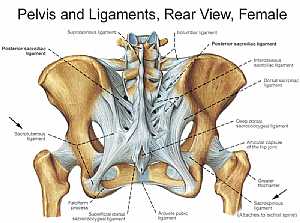 Bones and ligaments of the FEMALE Pelvis
Bones and ligaments of the FEMALE Pelvis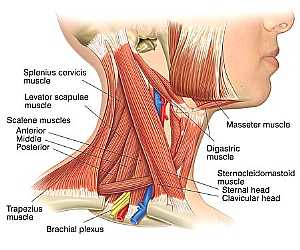 Neck Anatomy
Neck Anatomy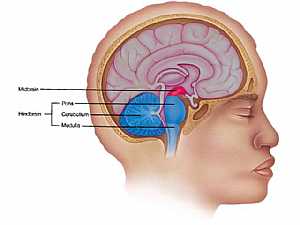 MidBrain anatomy
MidBrain anatomy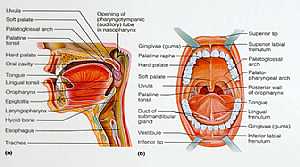 Oral Cavity
Oral Cavity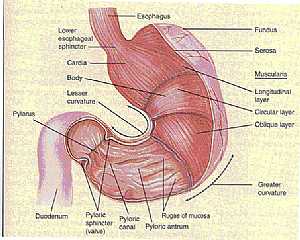 Stomach anatomy
Stomach anatomy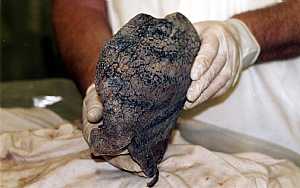 Lung anatomy
Lung anatomy Basal Cell Carcinoma ("Rodent Ulcer" Type)
Basal Cell Carcinoma ("Rodent Ulcer" Type) Basal Cell Carcinoma (Histology-Morpheaform Type)
Basal Cell Carcinoma (Histology-Morpheaform Type) Basal Cell Carcinoma (Histology-Nodular Type - High power)
Basal Cell Carcinoma (Histology-Nodular Type - High power) Basal Cell Carcinoma (Histology-Nodular Type- High power)
Basal Cell Carcinoma (Histology-Nodular Type- High power) Skin
Skin Nervous System -- Basic
Nervous System -- Basic Brain anatomy
Brain anatomy Brain anatomy
Brain anatomy Brain anatomy
Brain anatomy Brain anatomy
Brain anatomy Head anatomy
Head anatomy Brain anatomy
Brain anatomy
Be the first one to comment on this article!